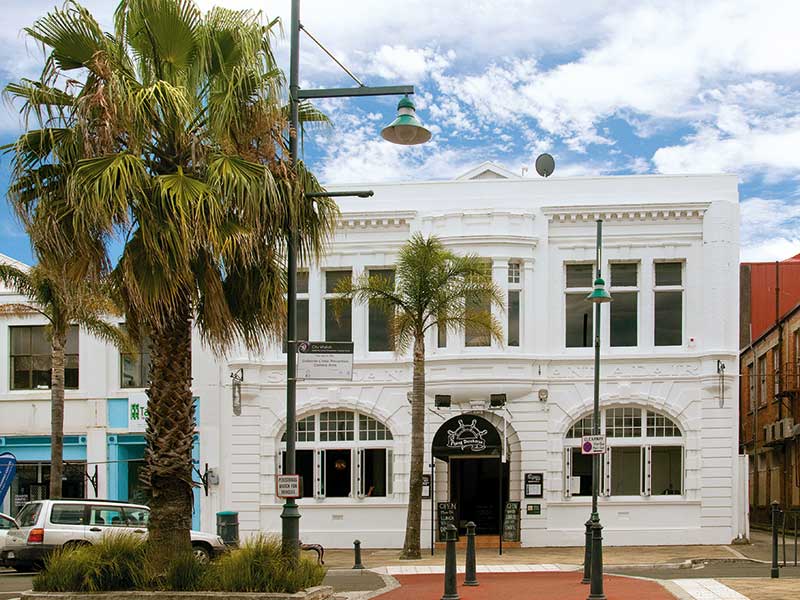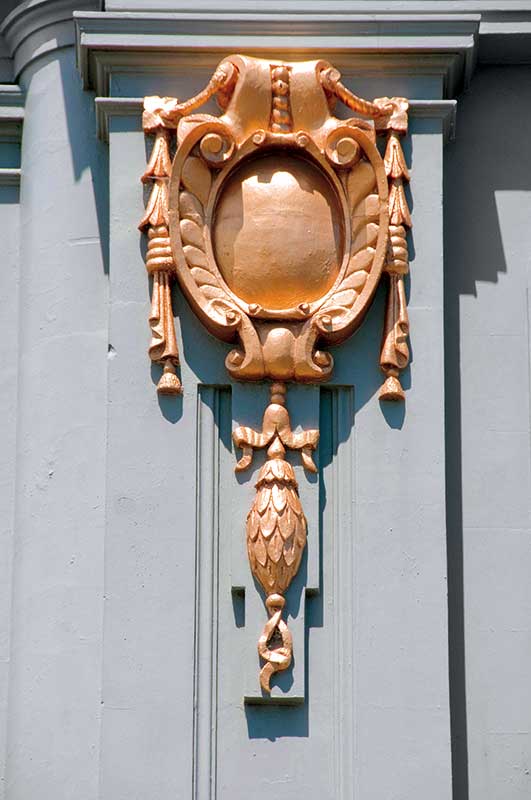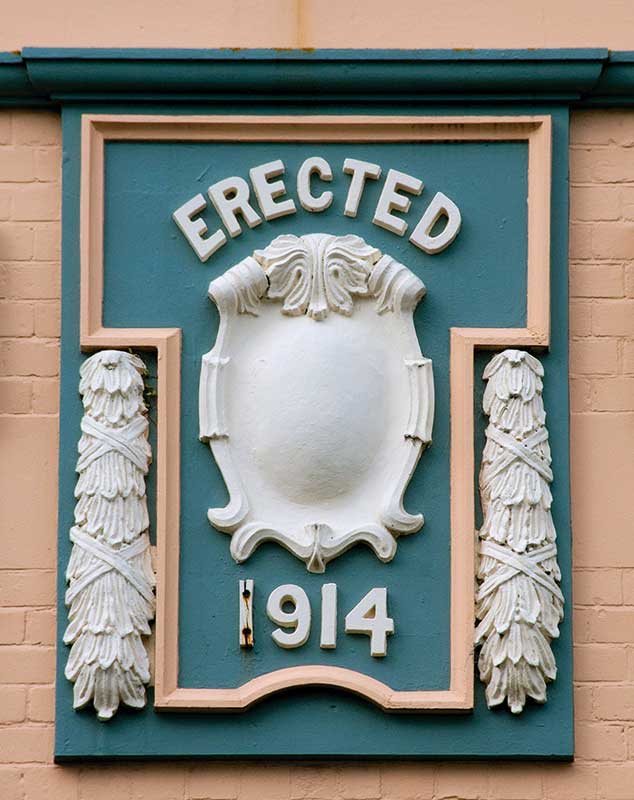Walk the streets of Gisborne and it’s evident that the past is becoming a part of its future, for the city has a legacy of fine European-derived Edwardian buildings.
These were constructed in the late 19th and early 20th centuries, when, thanks to the prosperity of the wool and meat trades, the fledgling town was at full throttle.
Churches, banks, and corporations released large amounts of money for architectural purposes because the grander, the more solid, and embellished the façades, the more confidence people had in an institution.
This need to be noticed meant that Gisborne’s public buildings were often exuberantly decorated. Today, even where buildings have been substantially modified, anyone with an eye for detail will find fragments or intact edifices of a flourishing past.
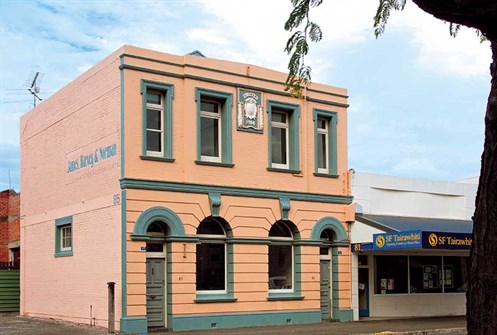
The wharves and warehouses of old Gisborne rumbled with activity, exporting wool and frozen carcasses. A remnant of the Kaiti Freezing Works on the western bank of the Turanganui River— once the largest brick complex in the southern hemisphere— remains and has been converted into a restaurant called The Works.
Posters on the walls remind patrons of the building’s former life as a sausage factory. On the other side of the river is the neoclassical Union Steam Ship Building on Childers Street with its distinctive arched and pedimented windows.
Next to it is the restored Trades and Labour Hall, eye-catching in its proportions but stripped of its original embellishments. Following the damage to Gisborne’s buildings caused by the Napier earthquake, many were relieved of their enthusiastic ornamentation for reasons of safety.
On the corner of Lowe Street and Childers Road, is the magnificently restored New Zealand Insurance Chambers with its bold, grey façade and gold-painted cartouches.
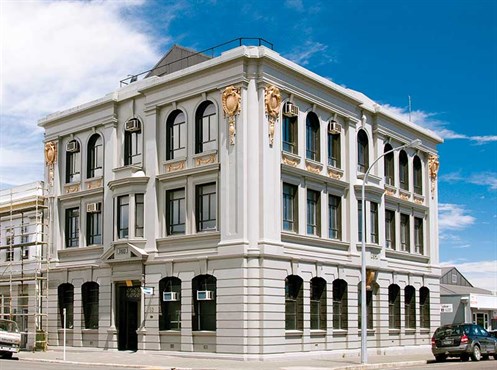
The former National Bank on Gladstone Road is imposing and so too are the Insurance House on the corner of Childers Road and Peel Street, the outstanding Sheridan Adair and the Albert buildings on Peel Street, and the Edwardian toilets in the middle of the road sporting two glass domes in the ceiling.
If it hadn’t been for a vigorous save-the-toilets campaign in the 1990s, these would now be flushed away. Instead, they are restored and still in use.
In 2007, another vigorous earthquake shook the town. Again, few historic buildings were left undamaged and another wave of strengthening and reconstruction is still in progress.
The significant buildings still lend character to modern Gisborne. Historic buildings are on dangerous ground if they exist merely for their intrinsic and historic values, so it’s good to see that many of Gisborne’s treasured places now house restaurants, cafes, boutiques,
and offices.

